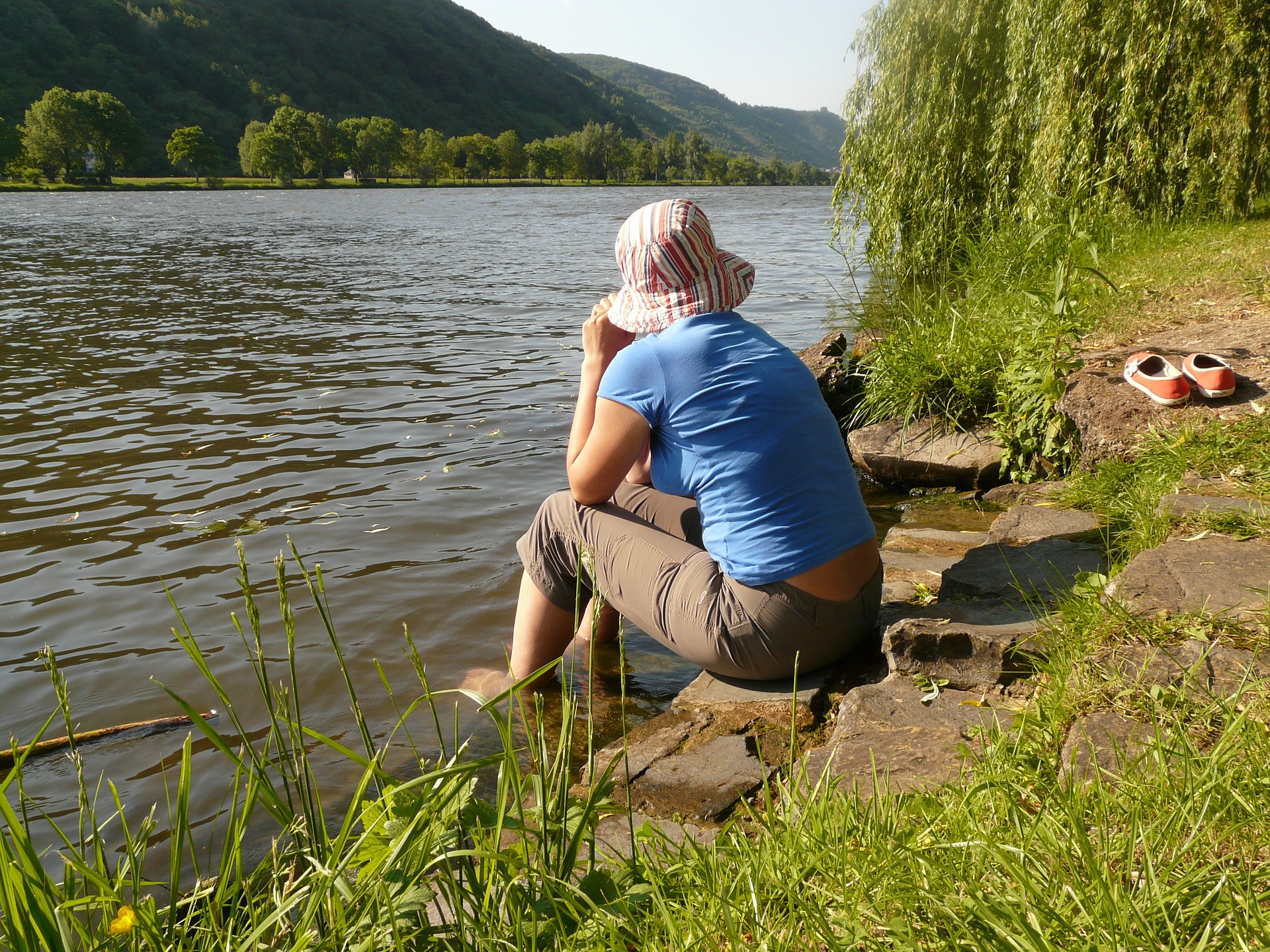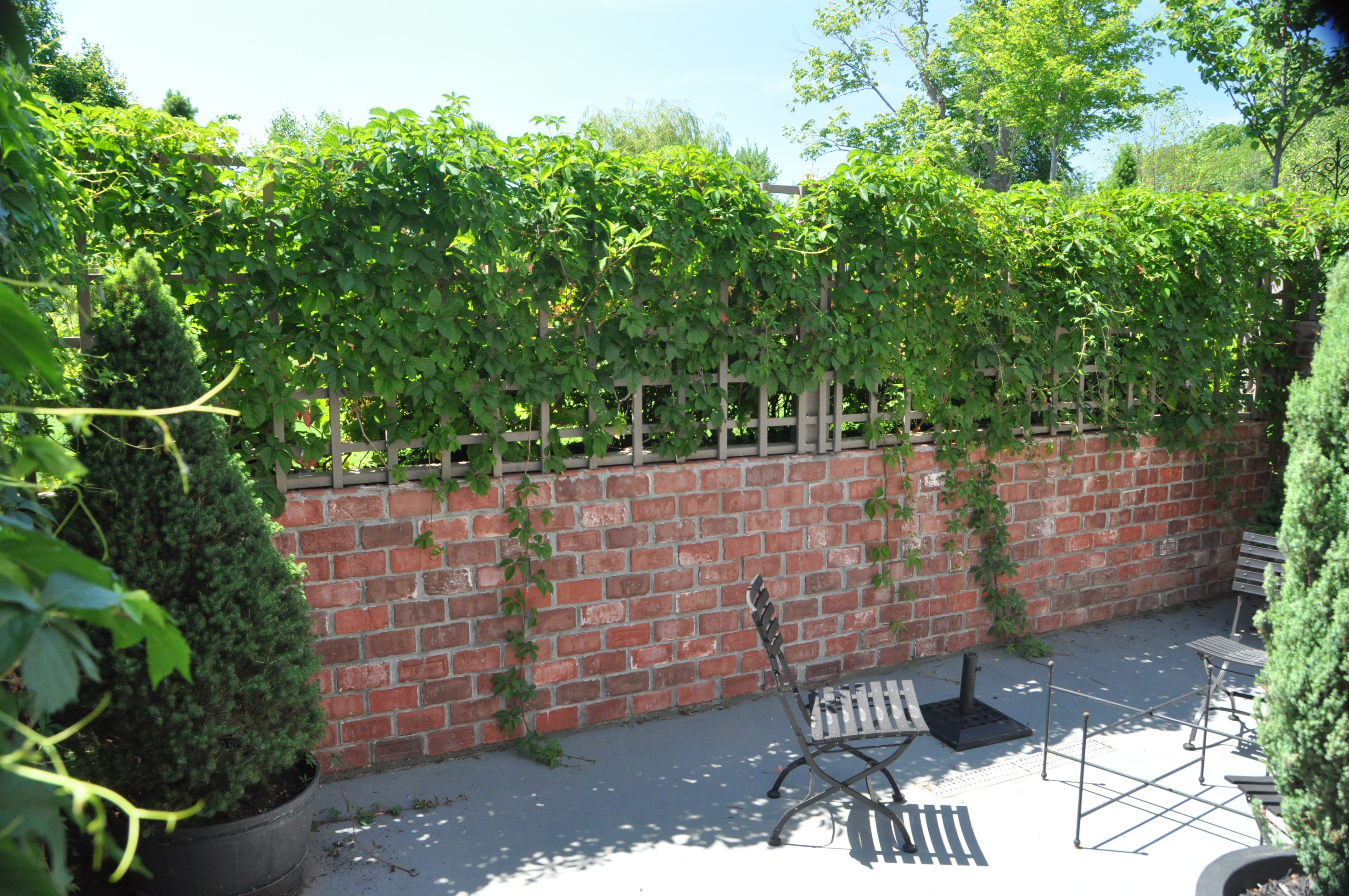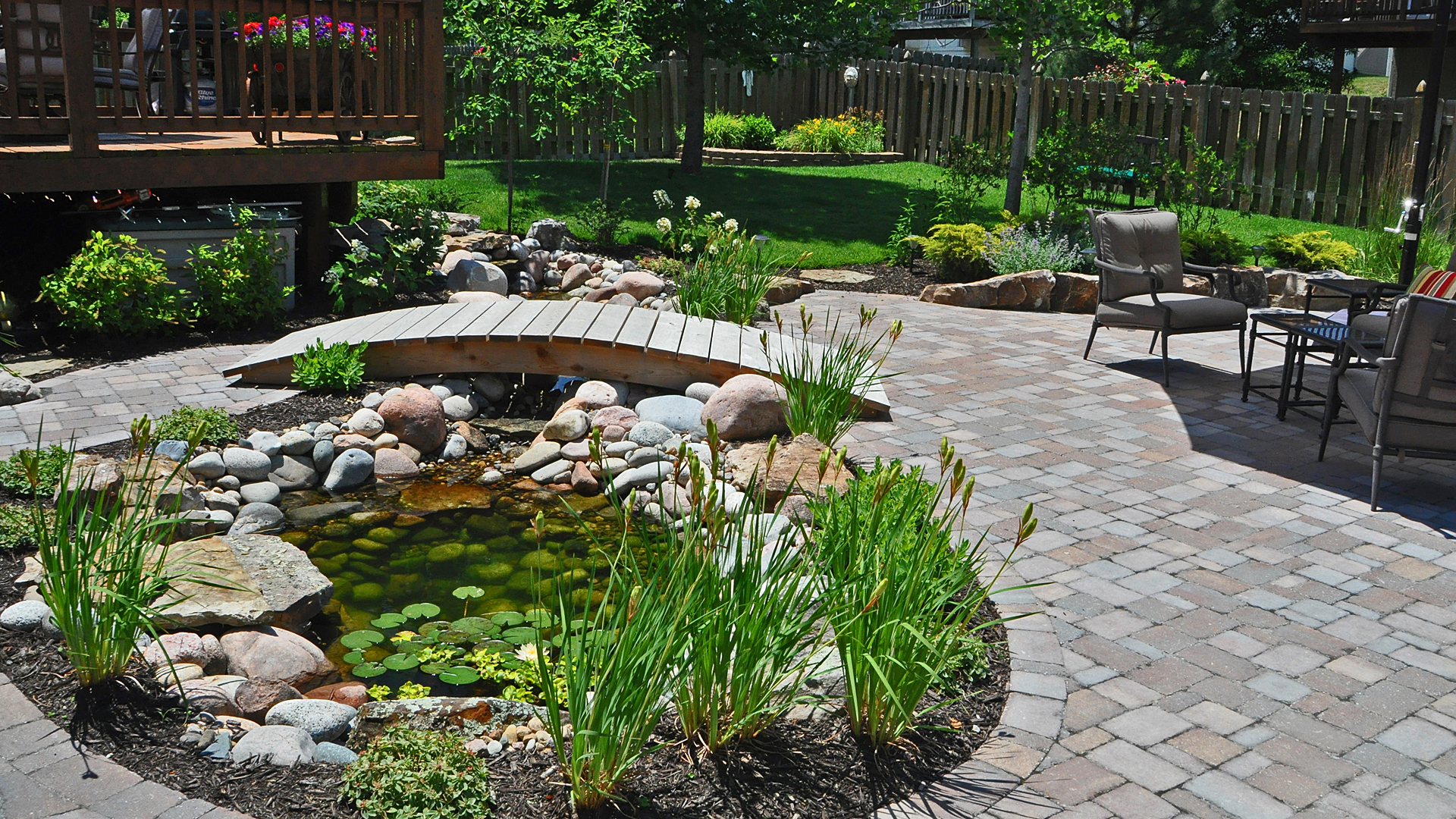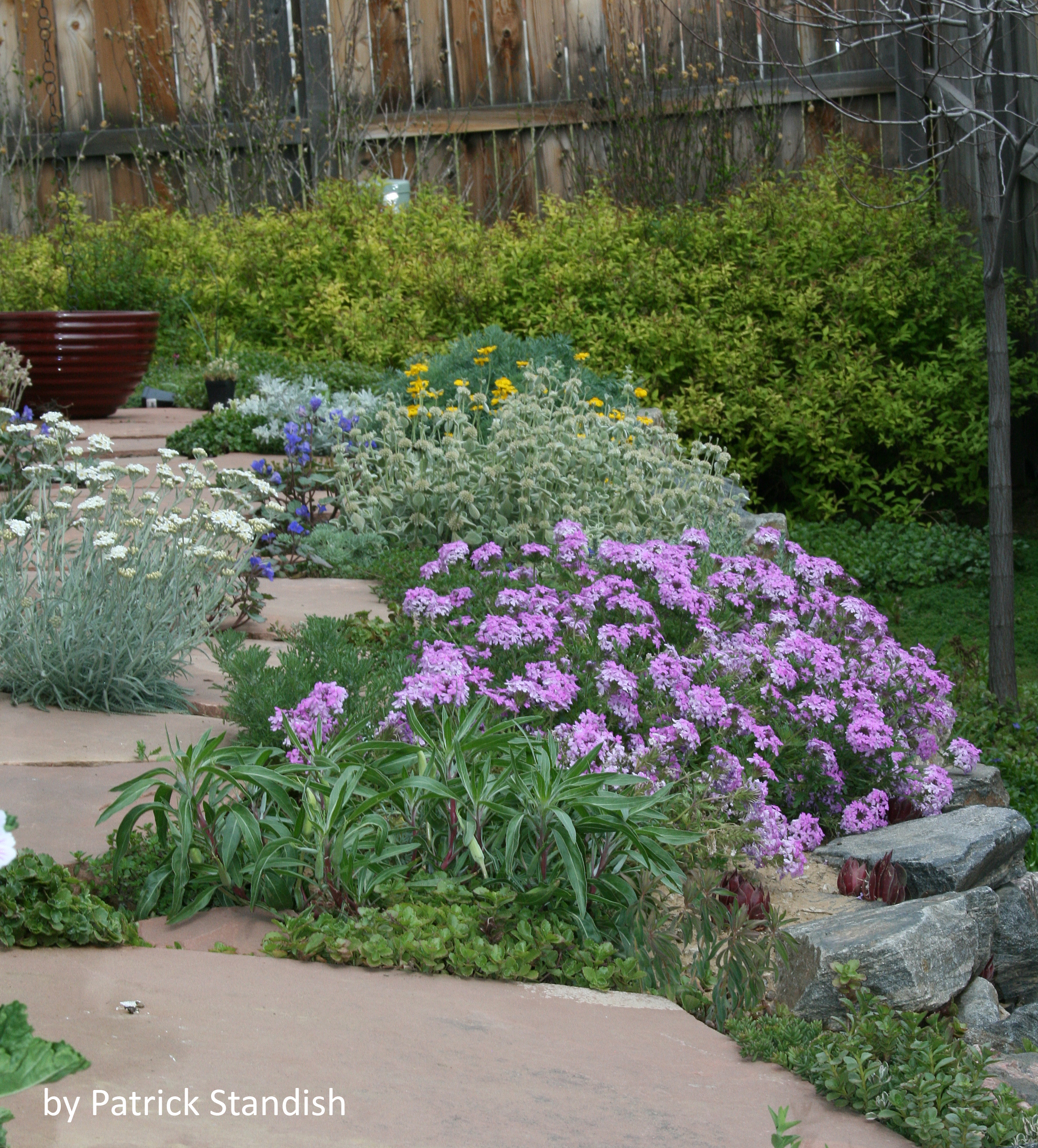Our eldest daughter is a textbook type A personality. She finds it difficult to just sit and relax because there is always another task to be completed. Her ability to keep going and going and going is truly amazing and somewhat exhausting.
The other day, while she was at our home, she made the comment that our yard was “…magical and relaxing…” and that she was “perfectly content to just sit and relax.” She heard the birds chirping and the water murmuring in our pond and she felt peaceful Hearing my type A say that she felt utterly at peace made me once again realize how critical the need to daily immerse ourselves in nature is to our physical and emotional wellness.
Knowing what her day-to-day life is like, I understand that she can’t take a trek to the woods or even a local park every day; it’s just too complicated to manage. On the other hand, a daily trip to the backyard is entirely feasible, and if the space is well designed, it can be a journey to a sacred spot, a personal sanctuary.
Although we tend to associate the word sacred with religion, it can also imply respect and dedication to a purpose — a time or place set aside for something specific. For example, every morning I take time to explore my garden. My solitary early morning walk in my sanctuary, my garden, is a sacred time for me. Company and conversation during my walk infringe on my peaceful routine and subtly skews the remainder of my morning.
The concept of garden sanctuary spaces is certainly not new. Roman gardens had spaces set aside for rest and reflection. Throughout the Middle Ages and the Renaissance, cloisters, monasteries and even castle grounds set aside garden places for quiet reflection. Later, in the 1800s, influential architects and urban designers published works promoting the use of “outdoor rooms with a strong sense of enclosure and carefully planned proportions” because even then they instinctively understood the psychological value of communing with nature in an urban setting.
Today, experts have a body of researched-based evidence proving that spending even a minimal amount of time in nature every day is good for us. Physically, time in nature helps reduce blood pressure, lowers heart rate and decreases stress hormones. It boosts the immune system, the nervous system and the endocrine system.
Spending time outdoors also has psychological benefits. It’s been proven to decrease feelings of anxiety and depression, increase energy levels and enhance feelings of satisfaction and happiness. Some studies even suggest a connection between nature related activities and life span.
With the hectic and sometimes chaotic pace of modern life and knowing the benefits that nature provides, designing a personal sanctuary into the landscape makes sense. Dan Nelson, Senior Designer at Embassy Landscape Group, shares his thoughts on how to carve out a small, intimate space from a larger place.
His first piece of advice is to find the perfect spot in your landscape to create your retreat. Consider how you will use your space — sitting and relaxing by yourself or inviting others to join you? What time of day are you likely to use it?
Pay attention to the views and the situation itself. Is it in sight of a stream of traffic or under the harsh glare of a street light? Are you choosing a sight line into your neighbor’s home or next to a noisy air conditioner? Although you can mask some of these negatives, it may be easier to avoid them altogether.
Once the perfect location has been determined, then the focus shifts to creating an intimate personal space — a “room” in which to decompress. Trees and shrubs or vine-covered fences and trellises can become the living walls of the room, while grasses, groundcovers and stones can become the floor. Layering the perimeter of the space with larger trees and shrubs as the background and a combination of medium sized and small ones in the foreground, creates an enclosure that feels both safe and secluded. An arbor overhead not only gives shade during the heat of the day, but also becomes a window through which you can gaze at a star filled night sky.
Furnishing the space becomes the next priority. Comfortable places to sit that embrace the view or invite you to lounge as you daydream are essential. Soothing sounds of rustling grasses or rippling water help drown out the distracting and often jarring sounds of everyday life. Songbirds in the skies surrounding your retreat are the musical chorus during the day while frogs and crickets add their voices during the evenings.
Using a palette of cool colors, soft blues and greens and violets, to decorate the space adds to the sense of calmness, helping to still the mind and the body. Plant material with fine detail, like the native wildflower Small Skullcap, works well in an intimate space since it begs for a close up view and even invites you to touch it. The scent of your favorite fragrant flowers like jasmine or old fashioned heliotrope appeals to your sense of smell, the sense that most quickly triggers our memories and our emotions.
Consider adding artwork or statuary to the space. Acting as focal points, they help to create the desired atmosphere, especially when their colors and materials blend with the natural environment. Over time, metals and woods mellow, giving a timeless appearance to the space.
Finally, consider adding lighting to the room. The interplay of shifting light and shadow adds unexpected depth and a bit of mystery and romance to the space. It entices you to linger outdoors as darkness falls.
Connecting with nature every day is a vital part of physical and emotional wellness. Having an intimate personal space, a sacred place, only a step away can change your life. Isn’t it worth it?
















